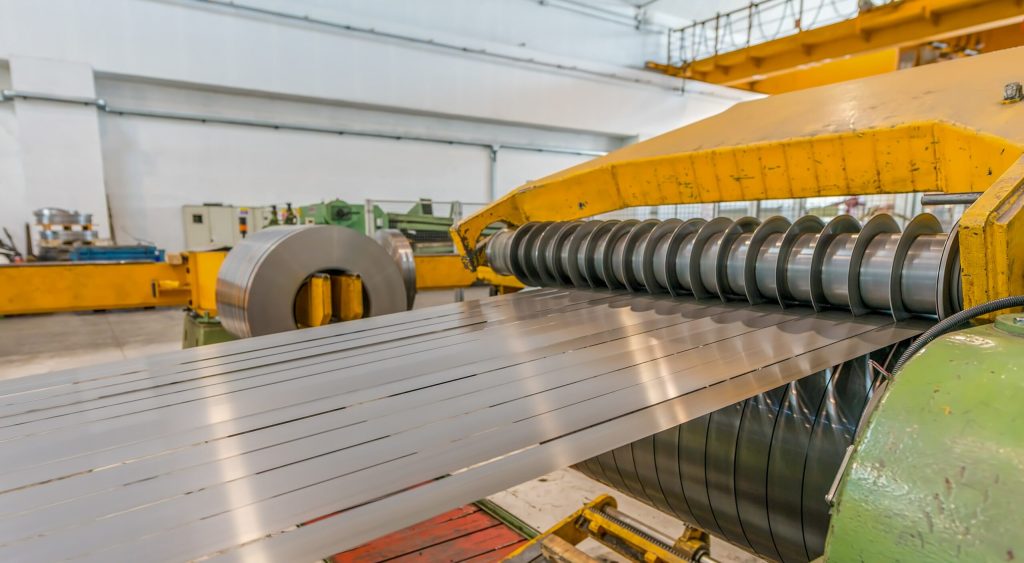Target separation is a crucial skill for metal detectorists looking to maximize their finds and uncover valuable treasures. It refers to the ability of a metal detector to distinguish between multiple targets that are closely located to each other in the ground. Effective target separation allows detectorists to accurately identify and isolate individual targets, even in areas with high levels of trash or mineralization.
There are several factors that can affect target separation, including the design of the metal detector itself, the search coil used, and the settings chosen by the user. Understanding these factors and knowing how to optimize them can significantly improve your chances of finding valuable items while minimizing false signals and wasted time digging up junk targets.
One of the key elements that influence target separation is the operating frequency of a metal detector. Generally, higher frequencies provide better sensitivity to small targets and improved discrimination abilities but may struggle with depth penetration. On the other hand, lower frequencies offer greater depth penetration but may sacrifice some target separation capabilities.
Multi-frequency detectors have become increasingly popular among detectorists as they combine different frequencies to provide a balance between depth and target separation. These detectors excel at detecting various types of metals in different soil conditions without compromising performance.
Another important factor that impacts target separation is the size and shape of the search coil being used. Smaller coils are more sensitive to smaller targets and offer better accuracy in pinpointing objects close together. They are ideal for trashy areas or locations with high target density where larger coils might struggle with distinguishing individual items.
Concentric coils are known for their superior target separation abilities compared to DD (Double-D) coils due to their circular shape which provides a more focused detection field. DD coils, on the other hand, excel at covering larger areas quickly but may not be as effective when it comes to isolating closely spaced targets.
Ground balance settings also play a significant role in enhancing target separation capabilities. Properly adjusting ground balance helps eliminate interference from mineralized soil or other environmental factors that could mask signals from nearby targets. Most modern detectors come equipped with automatic ground balancing features, making it easier for users to tune their machines according to specific soil conditions.
Discrimination settings allow detectorists to filter out unwanted targets based on their conductivity levels, helping prioritize valuable finds while ignoring trash items like nails or bottle caps. However, excessive discrimination can lead to missed opportunities as certain valuable items may share similar conductivity properties with common junk objects.
Learning how different metals react under various conditions is essential for improving target separation skills. Conducting regular air tests using known metal samples can help familiarize yourself with how different metals register on your detector’s display and fine-tune your discrimination settings accordingly.
Practicing proper swing techniques while scanning an area can also aid in achieving better target separation results. Overlapping each sweep slightly ensures thorough coverage while reducing chances of missing potential targets hidden beneath surface clutter or debris.
In summary, mastering target separation is a combination of understanding your equipment’s capabilities, utilizing appropriate search coil sizes and shapes for specific scenarios, optimizing frequency settings based on your hunting preferences, adjusting ground balance according to soil conditions, fine-tuning discrimination settings judiciously without sacrificing potential finds, familiarizing yourself with metallic signatures through air testing experiments using sample metals available around you regularly practicing efficient swing techniques during hunts.
By honing these skills through consistent practice and experimentation,, you will enhance your ability o make informed decisions about which signals warrant further investigation ultimately leading tmore successful outingsnd exciting discoveries as a dedicatedmetaldetectorist
